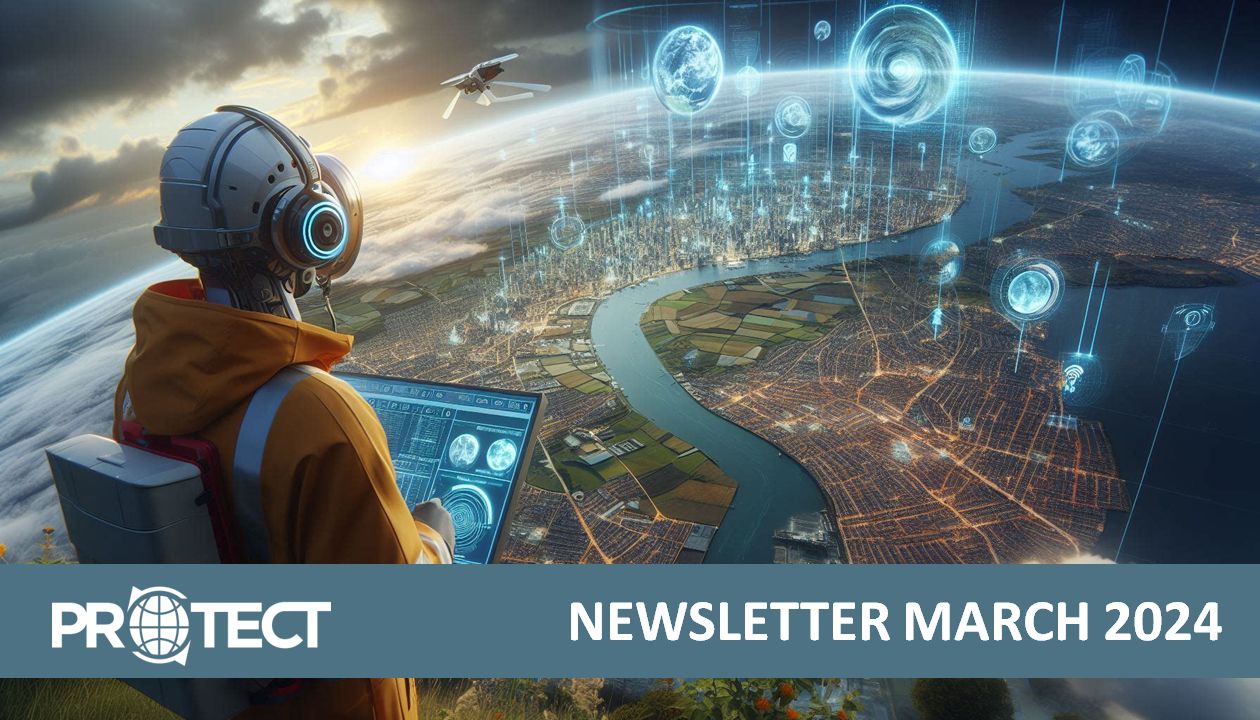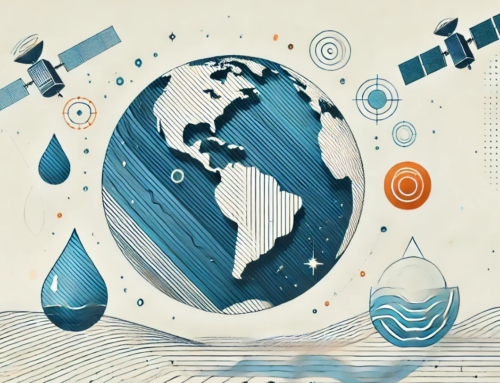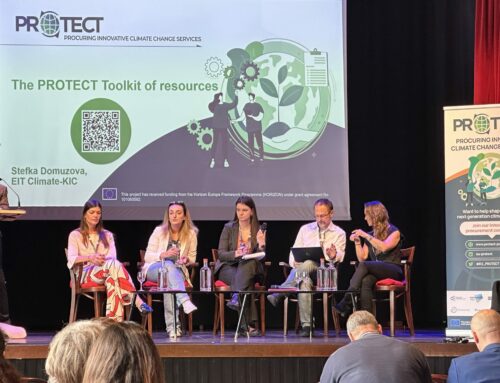1.Introduction
Welcome to the sixth edition (March 2024) of the newsletter from the PROTECT project that provides an update on the developments in the market regarding climate services based on Earth Observation (EO). The focus is on five application domains, namely: Energy & Utilities, Sustainable Urban Communities, Agriculture, Forestry and other Land use, Marine and Coastal Environments and Civil Security and Protection.
2.Market Updates
The following section provides updates on the current developments, news and evolution of the Earth observation market, particularly with regard to the evolution of climate services relevant for the public authorities in Europe.
Energy & Utilities
- Orbio Earth, a Dutch startup building a satellite-based methane monitoring solution for energy firms has raised $4M in seed funding;
- EO-based infrastructure monitoring firm Asterra was awarded a multi-year contract with AEGEA, a sanitation company in Brazil to monitor water leaks.
- French EO analytics firm Kayrros, which specialises in GHG monitoring, is partnering with French bank BNP Paribas to reduce methane emissions;
Sustainable Urban Communities
- A recent report from the European Environment Agency has found that the continent is unprepared for rapidly growing climate risks;
Agriculture, Forestry and other Land use
- Planet announced a new data product as part of its Planetary Variables suite called Field Boundaries to detect boundaries of agricultural parcels;
Marine and Coastal Environments
- French EO startup Unseenlabs, which is launching a satellite constellation for maritime surveillance has raised $92M in a Series C round;
- Research led by Global Forest Watch, leveraging EO, showed that around three-fourths of all industrial fishing vessels are not publicly tracked, and likewise almost a third of all transport and energy vessels.
Civil Security and Protection
- Nvidia announces Earth-2 digital twin to forecast planet’s climate change
- Google launched a new flood forecasting tool that would enhance forecasts from zero to five days, specifically improving forecasts across regions in Africa and Asia.
3.Summary
March saw the World Meteorological Organization release the State of Climate report for 2023 in which it provided insights on the greenhouse gas levels, surface temperatures, ocean heat, sea level rise and more. Initiatives from the public and private sectors continue to focus on providing tools that leverage EO for climate adaptation as seen from the Nvidia and Google announcements. In the meantime, greenhouse gas emission monitoring remains a key use case of EO, especially as the pressure increases on the energy sector to reduce emissions and transition towards renewable energy. Clearly, EO has an important role to play in the monitoring of this change as well as for other industries such as agriculture and maritime to decarbonise, leading towards climate mitigation strategies.





